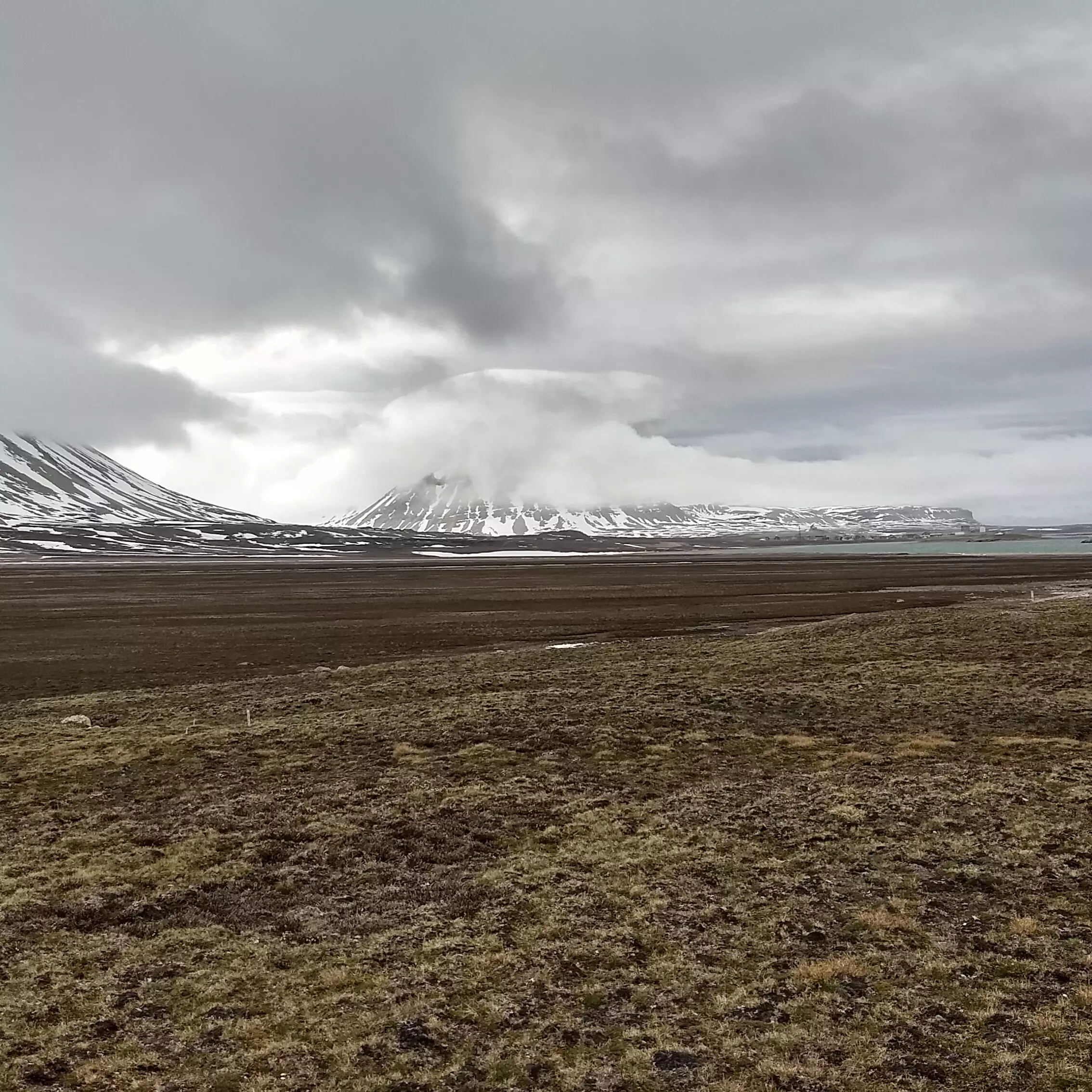Scientists from around the world have made a groundbreaking discovery regarding the role of biological particles in the formation of ice within Arctic clouds. This research has significant implications for climate science and our understanding of the rapidly changing Arctic climate.
Through extensive research conducted at the Zeppelin Observatory in the High Arctic, an international team of scientists has established a clear connection between biological particles and the formation of ice in Arctic clouds. The team, comprised of researchers from Sweden, Norway, Japan, and Switzerland, utilized a sensitive optical technique to individually identify and count these particles. This method enabled them to detect these particles even in minuscule concentrations.
Seasonal Dynamics
The study also delved into the seasonal dynamics of biological particles, establishing correlations with snow cover, temperature, and meteorological parameters. Confirmation of the presence of these particles was obtained through various methodologies, including electron microscopy and the detection of specific substances such as arabitol and mannitol.
Quantifying ice nucleating particles and understanding their properties proved to be a challenging task. The researchers employed two distinct methods, involving the collection of particles on filters over a week, followed by rigorous laboratory analysis. This approach enabled them to determine the concentration of ambient ice nucleating particles active in Arctic low-level clouds.
Further analysis involved subjecting the collected filters to additional heating, revealing the proteinaceous component of ice nucleating particles. This discovery shed light on their potential biological origin. The study’s findings unequivocally establish the prevalence of biological particles contributing to ice nucleation at the Zeppelin Observatory.
These groundbreaking findings have significant implications for climate science. The research provides critical insights into the origin and properties of biological and ice nucleating particles in the Arctic, which can assist climate model developers in improving the representation of aerosol-cloud interactions in models. This can ultimately reduce uncertainties related to anthropogenic radiative forcing estimates.
As open ocean areas and snow-free tundra are expected to increase in the Arctic in the coming decades, a deeper understanding of the relationship between biological particles and clouds is crucial. This understanding can provide valuable insights into the ongoing and future transformations occurring in the region.
The research conducted by the international team of scientists has revealed the significant role of biological particles in the formation of ice in Arctic clouds. This discovery has profound implications for climate science and our understanding of the changing Arctic climate. By unraveling the connection between biological particles and ice nucleation, scientists can improve climate models and reduce uncertainties in predicting future climate changes in the Arctic.


Leave a Reply